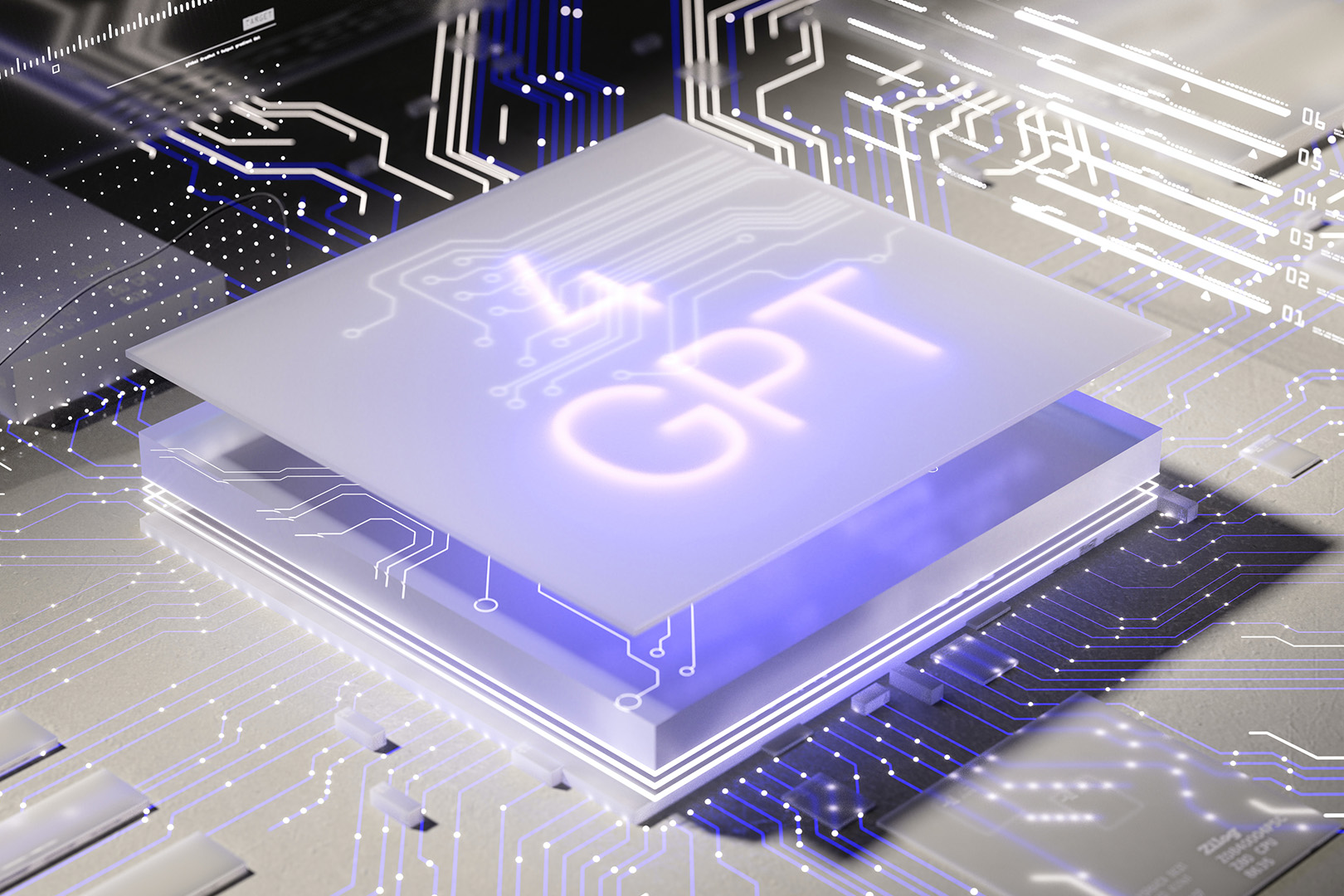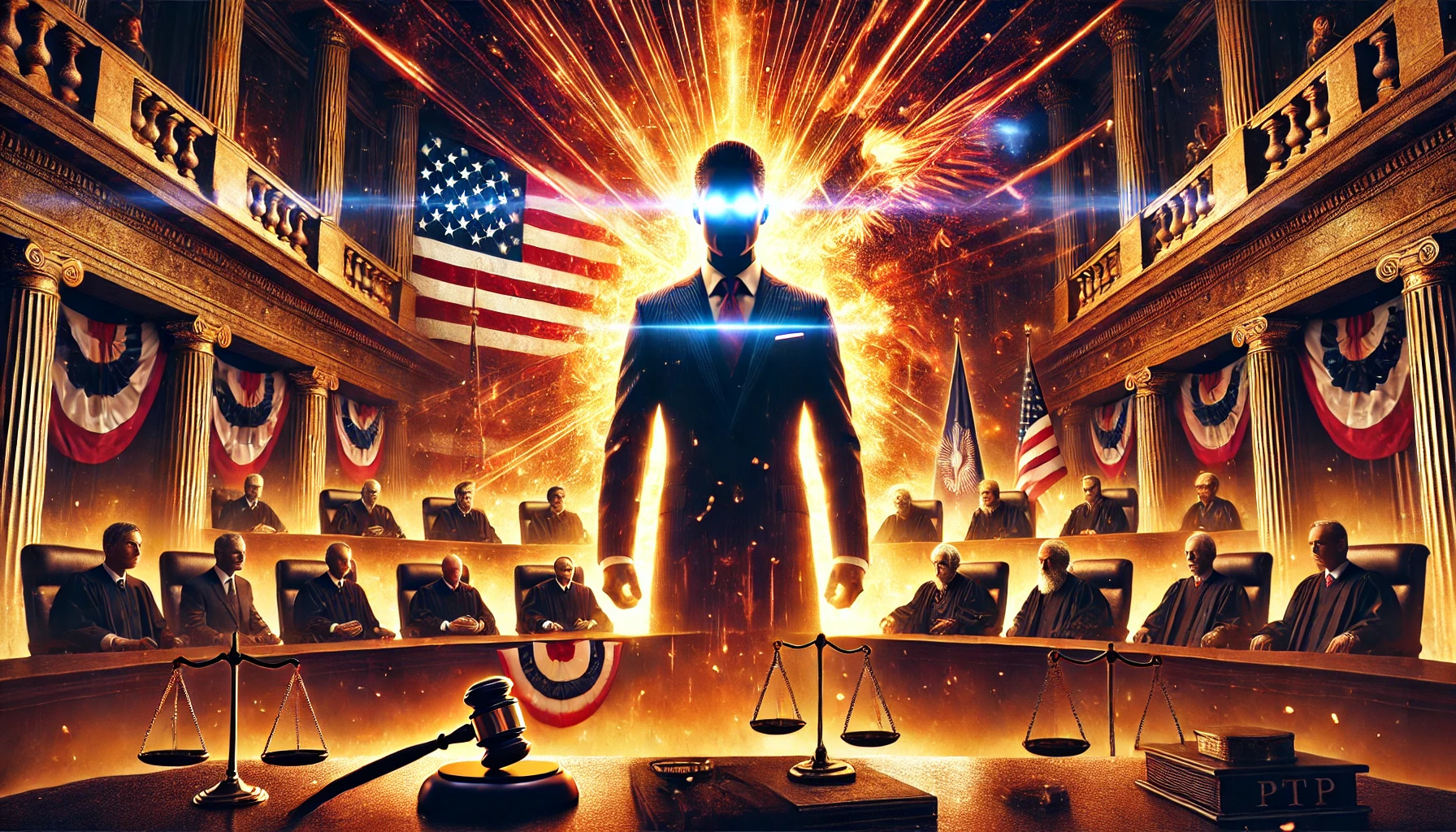
What is the public policy justification to restrict US innovation in ways that no other country does?
No legislation should be introduced without a fully debated and clearly articulated public policy justification. To do so is bad lawmaking that brings dangerous consequences.
A prime example of bad lawmaking is the America Invents Act of 2011 (AIA), with its creation of the Patent Trial and Appeal Board (PTAB). The PTAB invalidates 84% of the patents it fully adjudicates. This extreme increased risk caused early-stage investors to take their money out of U.S.-based startups and invest in startups based in China.
Another example is judge-made law. Courts do not allow public policy debate except through amicus briefs. These briefs can cost hundreds of thousands of dollars, so debate is limited to mostly large multinational corporations.
A 2014 Supreme Court decision called Alice Corp. v. CLS Bank International (“Alice”) created an exception to what is eligible to be patented, called an abstract idea. However, the Supreme Court did not define what qualifies as an abstract idea. But whatever they meant it to be, it made most inventions implemented in software ineligible for patent protection. Today, the courts invalidate around 50% of patents challenged as abstract ideas, and the United States Patent and Trademark Office (USPTO) has refused to issue thousands of meritorious patents whose companion applications are patented in China or Germany.
Both the AIA and Alice’s abstract idea exception restrict U.S. innovation in ways no other country does. In just over ten years, this self-inflicted policy failure has resulted in China leading the world in 37 of 44 technologies critical to U.S. national security and economic growth.
No public policy could justify this sort of damage to U.S. innovation, yet this is U.S. law largely because policy debate did not happen.
Restricting U.S. Innovation without Public Policy Debate Continues
Patent Eligibility Restoration Act (PERA) was first introduced in the Senate Judiciary Committee’s IP Subcommittee in August 2022 during the 117th Congress. It was scuttled by off-committee Senators because it would wipe out patent protection for critical inventions like artificial intelligence, blockchain, cyber security, fintech, IoT, intrusion detection, enterprise systems, quantum computing, 5G/6G, and much more. These are the same technologies that are a major focus of the Chinese Communist Party’s (CCP) Made in China 2025 Initiative.
Last June, a rewritten PERA with the same technologies ineligible for patent protection was reintroduced in the IP Subcommittee by Senators Tillis and Coons.
If an invention is not eligible for patent protection, little to no investment is made into that technology, especially at an early stage. About 60% of the 37 technologies that China now leads are considered abstract ideas in the U.S. and, therefore, not eligible for patent protection. So, early-stage investment that once fueled U.S. startups has moved to China, and China now leads the world in these technologies.
PERA rightfully eliminates all judge-made exceptions to patent eligibility. However, it creates its own exceptions. PERA’s preamble describes those exceptions, but the most controversial is:
“(E) Under the exception described in subparagraph (D)(v)—
(i) process claims drawn solely to the steps undertaken by human beings in methods of doing business, performing dance moves, offering marriage proposals, and the like shall not be eligible for patent coverage, and adding a non-essential reference to a computer by merely stating, for example, “do it on a computer” shall not establish such eligibility; and
(ii) any process that cannot be practically performed without the use of a machine (including a computer) or manufacture shall be eligible for patent coverage.”
No debate related to these new exceptions took place, even though they restricted U.S. innovation in ways that no other country did.
The public policy debate was supposed to take place in the 101 Taskforce. The 101 Taskforce was created by the Senate IP Subcommittee five years ago to debate and draft legislation correcting errant judge-made eligibility law that made most inventions implemented in software, diagnostic methods, and gene therapies ineligible for patent protection.
But, those running the TaskForce did not allow debate. Instead, PERA’s new exceptions were predetermined, and any attempt to debate them was ignored, ridiculed, and then silenced.
Entire Swaths of Technology are made Ineligible
PERA renders many inventions ineligible under the new exceptions of “methods of doing business, performing dance moves, offering marriage proposals, and the like.”
Performers must attract people to their show. Michael Jackson’s dance moves called the moonwalk, became his signature performance at concerts. Jackson, no doubt, spent many hours perfecting the moonwalk. If another performer simply copied Jackson’s moonwalk, they would benefit from Jackson’s hard work. Certainly, the public benefits if dance moves are eligible for patent protection because they promote and differentiate competition in the entertainment industry.
And marriage vows? Marriage vows can be protected by copyright but likely cannot be protected by patents. Even so, nobody can quantify damages for infringing on marriage vows because nobody makes money by saying them. Nobody launches a patent lawsuit, potentially costing millions of dollars if there are no damages to collect.
What exactly are methods of doing business? No definition is proffered, so they are whatever a court wants them to be. So far, courts have considered inventions like the electronic shopping cart that made Amazon a retail monopoly or the “like” button that made a fortune for Facebook executives to be business methods. Search algorithms are also business methods, just ask Google. Virtually all phone apps sold on Big Tech app stores are business methods.
Business methods are what Big Tech sells and they make a lot of money selling them. So, patented business methods are a competitive threat to Big Tech monopolies. If someone invents a new business method that outdoes those used by a Big Tech monopoly, that Big Tech monopoly can become irrelevant to their customers. For example, if you invent a better search algorithm than Google (think ChatGPT) and can protect it with a patent, you could run Google out of business.
PERA’s new exceptions are intended to protect Big Tech monopolies from upstart competition with technologies that disrupt their monopolies. These Big Tech monopolies pay lobbyists a lot of money to make sure PERA keeps the status quo that made them monopolies.

Diagnostic Methods and Gene Therapies
In layman’s terms, diagnostic methods are methods of diagnosing an illness and administering a drug.
When a new drug is invented, patents are filed, and approval is sought from the Food and Drug Administration (FDA). If the FDA approves the drug, it is listed in the Orange Book, which, among other things, is a list of things paid for by Medicaid and Medicare. Insurance companies generally key off this list to determine what they will pay for.
While the patent is valid, the FDA restricts infringing products from listing on the Orange Book. This provides a period of exclusivity that returns the huge investment in the development, testing, and FDA approval of a new drug. When the patent expires, generic drug companies put their drugs on the Orange Book.
But, many drugs can cure diseases other than those they were invented to cure. Pharmaceutical companies often spend billions of dollars researching off-patent drugs for new cures and obtaining FDA approval. Because the drug is off-patent, diagnostic methods of administering the drug were patented and put on the Orange Book.
In a 2012 case known as Mayo Collaborative Services v. Prometheus Laboratories, Inc. (“Mayo”), diagnostic methods were made ineligible by the Supreme Court. This allowed competing generics onto the Orange Book. That means the company that did all the work and spent millions or billions of dollars to find the new cure for an off-patent drug cannot get its investment returned.
Other Supreme Court cases made many gene therapies ineligible for patent protection. Gene therapies include inventions like the COVID-19 vaccines.
PERA restores eligibility to both diagnostic methods and gene therapies. These are multibillion-dollar markets, so the pharma and biotech industries are paying lobbyists a lot of money to pass PERA.
A Shady Deal Between Big Tech, Pharma, and Biotech
If Congress revises Section 101, it must address all exceptions, including those that impact pharma and biotech and those that impact Big Tech. But this poses a dilemma.
Big Tech wants to keep things just as they are. After all, the abstract idea exception enabled Big Tech to monopolize by destroying startup competition. However, pharma and biotech (and the public) need to restore eligibility for diagnostic methods and gene therapies.
If legislation eliminates all exceptions, pharma and biotech will be happy, but Big Tech will throw in the gauntlet, killing the legislation to preserve its monopolies.
Big Tech is very powerful, so if pharma and biotech want their issues fixed, the legislation must be written such that Big Tech will not oppose it. PERA is the result of horse-trading between the biggest and most powerful global lobbies.
Pharma and biotech get diagnostic methods and gene therapy exceptions eliminated so they are eligible again. But to keep Big Tech on the sidelines, PERA’s new exceptions make the same technologies not eligible under the abstract idea, not eligible again under PERA.
All three lobbies get what they want. Big Tech isn’t opposing PERA. (Big Tech tweeted opposition as a backhanded marketing stunt but has done nothing significant to stop PERA).
PERA is Disingenuously Proffered Bad Law
PERA was disingenuously proffered by the largest and most powerful lobbies on the planet. It is a bad law that handicaps small inventors and startups specifically and U.S. innovation in general.
Small entities voiced opposition with rational debate, which triggered these huge global lobbies to bully them into submission. When that didn’t work, they trashed them, falsely labeling them as dolts, ranters, bullies, and more.
Attacking the messenger and not the message shows the true face of these lobbies. Their failure to debate the merits of PERA clearly shows that PERA is bad law.
With the U.S. on the precipice of a self-inflicted national security disaster largely caused by eligibility exceptions, this question must be answered: What is the public policy justification for handicapping U.S. innovation in ways that no other country handicaps themselves?
Paul Morinville is Founder and Executive Director of SPARK Innovation. SPARK Innovation strives to create an policy environment where the conception, protection, and commercialization of technologies critical to our economic and national security prosper thereby enabling the United States to take back the global technological lead from China. Paul is an inventor and has been an executive at multiple technology startups including computer hardware, enterprise middleware, video compression software, artificial intelligence, and medical devices, and has licensed patents in the U.S. and China.







It’s funny how every time a patent is shot down by the CAFC or PTAB, the problem is the CAFC or the PTAB. Not once have I seen anyone (and especially you) look at the work product that failed in front of one of those bodies, or the practitioners that wrote the failed document.
It’s as if patents can simply be stamped out by anyone and no matter what’s in it, it should be survive real scrutiny. FWIW, a patent examiner isn’t real scrutiny; any mess past most patent examiners. This simply isn’t the case; most patent practitioners really aren’t that good. When their work product fails they’ll quickly point out that it wasn’t their fault. That’s not new…that’s human nature. Most consumers will unquestioningly buy the line that The System (TM) (e.g., a patent examiner, the PTAB, the CAFC, the Supreme Court) is , mostly because consumers know even less than the practitioners they hire.
Choosing a patent practitioner is like choosing a doctor – if you just randomly choose a doctor you’ll get random results, most of time they are not the results you want. In my experience, about 5% of patent practitioners (and medical doctors for that matter) can get you good results. Of course, this is an anonymous message from someone who wishes to remain anonymous. Go ahead and ignore everything I said. My client’s patents will prevail over yours.
Faceless Face, I have dug into many cases and even written about some of them. ParkerVision, for example, in one that has many patents unjustly harmed by the courts and the PTAB that I have written about.
But let me ask you a question… Do you think that PTAB “judges” are technically qualified to invalidate patents?
@Face In The Crowd: How is this comment related to this article? BTW, you’re making it sound like it’s the patent owner’s fault for “randomly” choosing a patent practitioner is “not that good”.
I guess you missed the step, where the patent gets examined by a USPTO examiner specialized in a specific field or group of fields, assigned to this patent based on their technical expertise and the technological area of the patent application.
This is also patent owner’s fault? Or Patent practitioner, maybe…
Pick 3 random PTAB cases and look at the APJ’s background and let me know how many of them are experts ion the field of the invention, how are your patents immune to this?